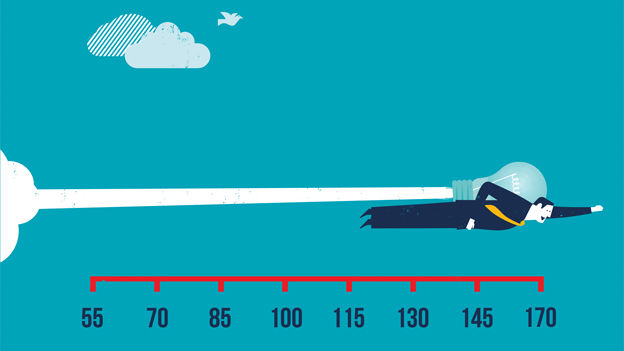Airtel - Innovating ways to measure performance

Bharti Airtel is working on improving the quality of conversations related to its performance management processes and making them holistic
Technology has emerged as an integral element to Airtel’s performance and productivity. Bharti Airtel started using technology for talent management in the mid-2000s for close to 14,000 employees across 20 countries. The people strategy at Airtel aims at partnering with business and understanding the talent needs to achieve a wholesome growth. Hence, building and accelerating talent through target-led interventions and capability improvement has been Airtel’s key focus areas.
Business drivers of talent management
As new business needs emerged, Airtel identified the need to relook their technology needs as well. As processes evolved and focus shifted to establishing a user-friendly experience, the organization transitioned to SuccessFactors. The process of technology adoption has been kept simple, with intuitive processes and readiness in terms of adaptation or transition to the new technology platform.
ROI of HR Technology
As Airtel expanded its base, the company aligned the organizational goals with individual employee goals. A new and simplified Key Result Area (KRA) goal setting process was established. Along with this, Airtel moved from a double performance rating scale of 4-point scale with mandated bell curve to a single performance rating of 5-point rating scale with indicative bell curve, which has helped in providing one holistic rating for the “how” and the “what” of performance. At the same time, the 5-point rating scale has also been effective in bringing sharper differentiation. The approach was initiated to merge the processes and get a holistic outcome along with establishing differentiators to receive nuanced results at other times.
In the beginning of the year, each function/unit adds to the three business KRAs and one strategic KRA (3+1) for the organization’s strategic qualities. There is weightage for each of the KRAs, which gets captured with the talent management tool.
The main tenets of PMS are:
• Right identification and assessment of talent through a comprehensive process
• Provide one view of talent across the organization that is owned by leaders
• Put into place a sharper talent segmentation
• Segment strategies that will help employees develop, grow and build a pipeline
• Improve succession planning for critical positions
Airtel initiated change by aligning policy changes with the newly-established scale following which energizing activities and communication was cascaded to all levels. For managers, it established skill labs, which have helped in skill building. For employees, a self-assessment framework has also been created. For Airtel, technology has made measuring performance and plan organizational goals simple. Another RoI measure is the candidate potential, which is defined as candidates’ readiness to take on the next role. Candidate potential is measured by demonstrated competencies of candidates for the next level. Airtel has brought in elements of potential assessments through the competency lens with which the readiness to take on larger roles has become aligned with unified competencies across the organization. Through the process, Airtel has intricately worked on improving the quality of conversations related to its performance management processes and made them holistic by including past performance, developing needs and career options.
As told by Deepa Chadha, Head HR, Global COE, Bharti Airtel













